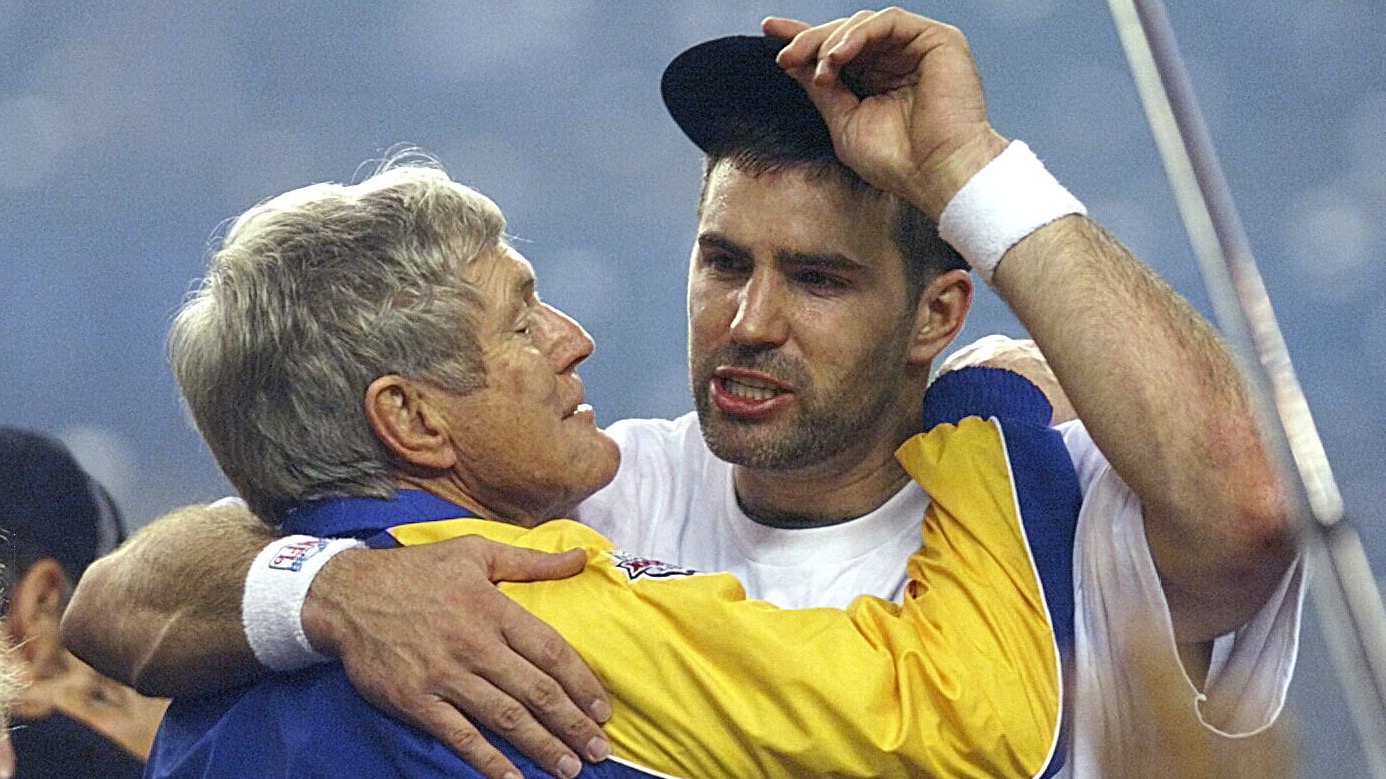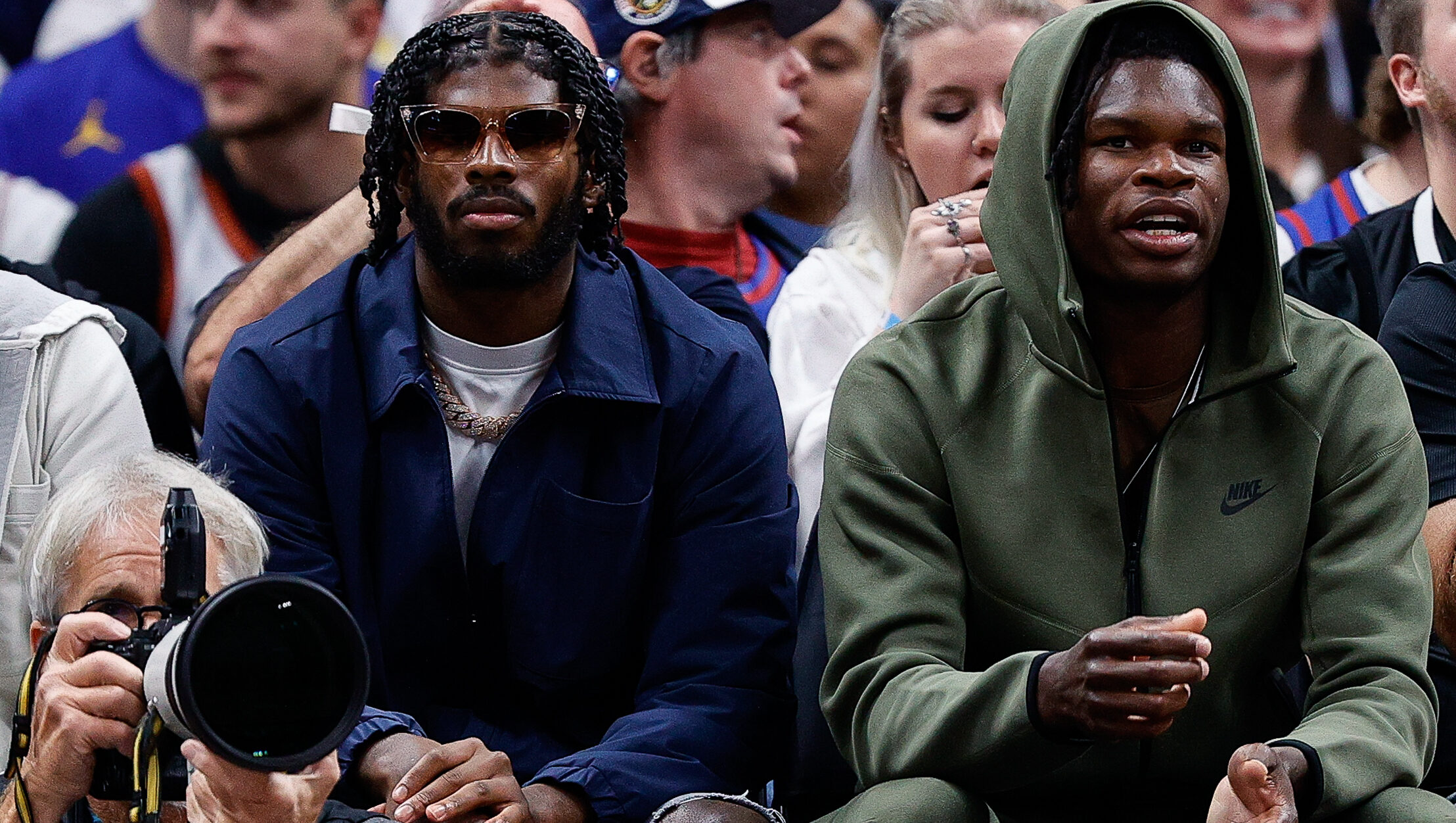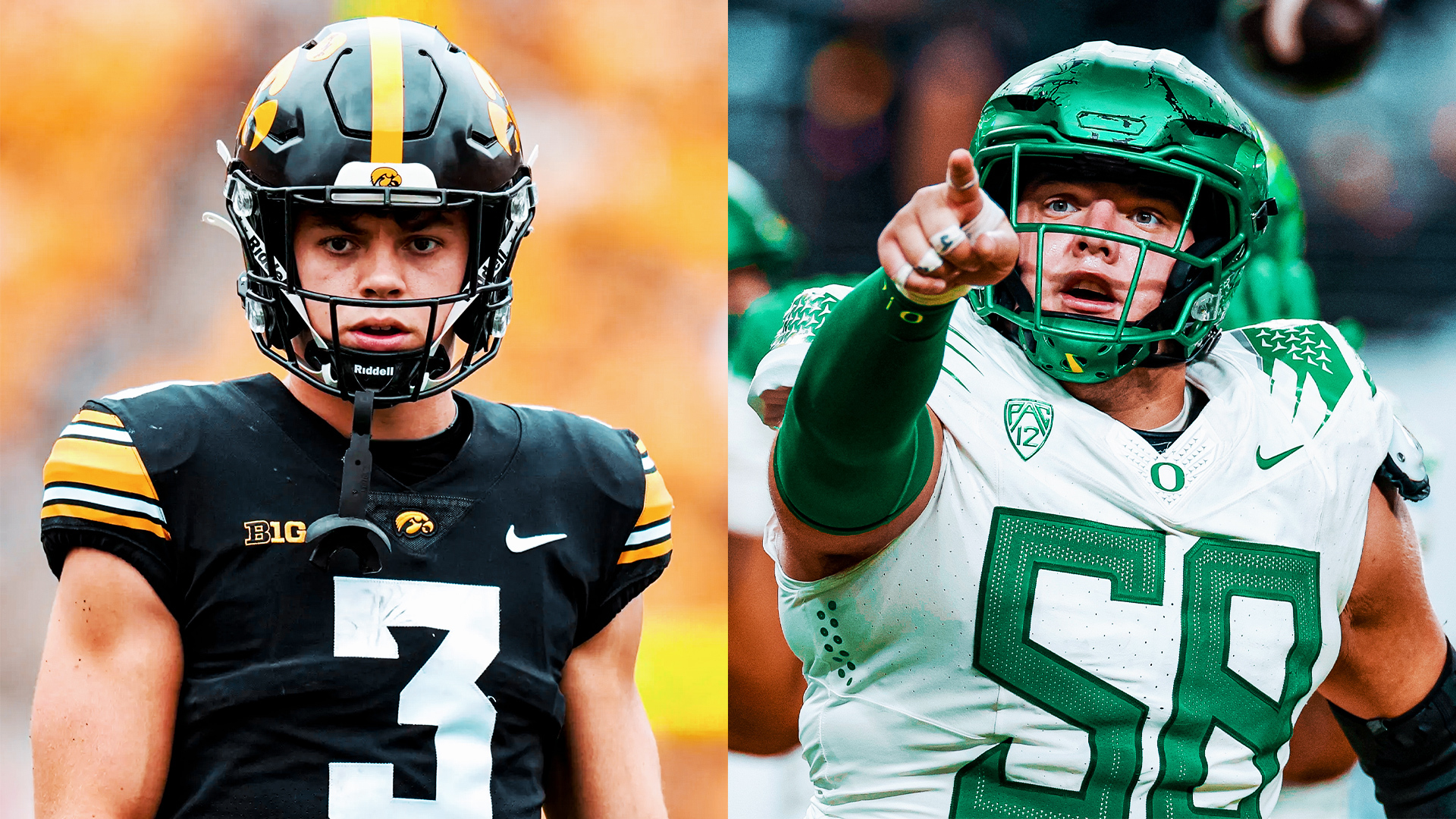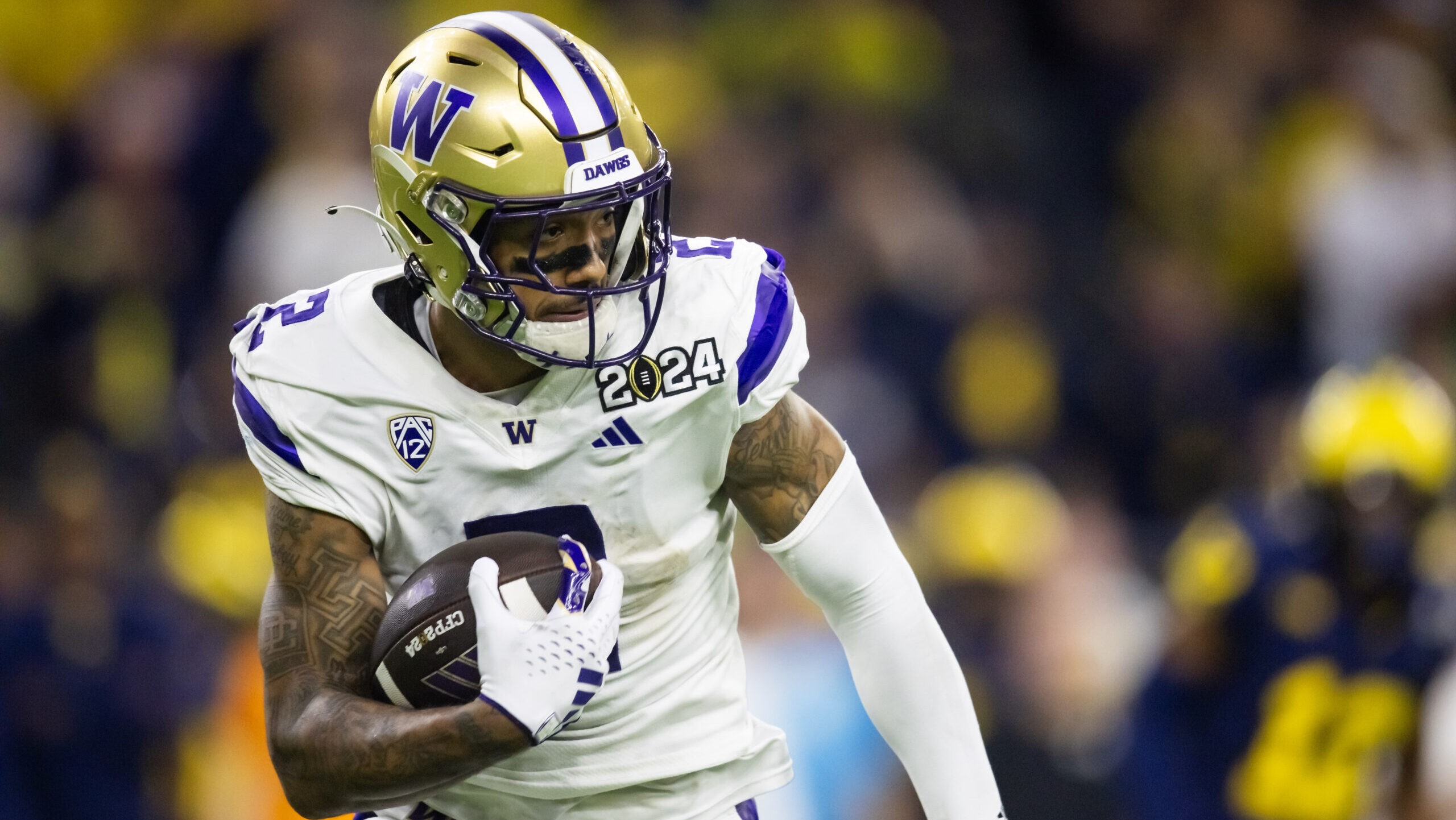Analysis
9/23/23
7 min read
How To Handle Week 3 Chalk in DFS
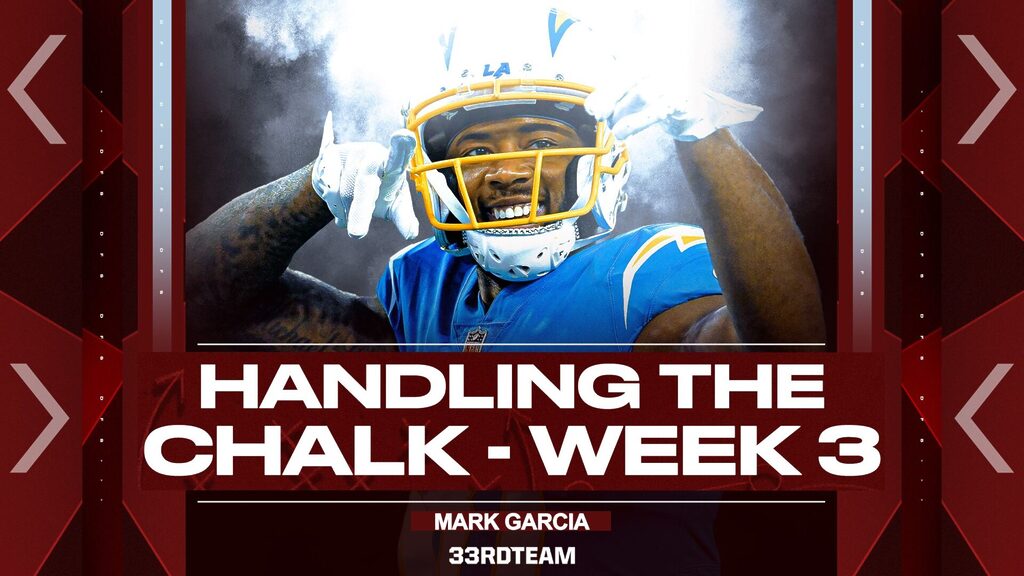
Chalk will develop on any given slate. It is a human psychological certainty introduced in games of competing agents. Things like crowd, group, psychology, risk acceptance profiles, a desire to seek comfort and an innate disdain for the unknown lead people to naturally gravitate towards certain areas of a player’s range of outcomes through a craving for control. This yearning for comfort is exactly what we will look to dissect and break through in this weekly article.
We’ll also explore theoretical and conceptual areas of roster construction in DFS as we examine various pieces of chalk throughout the season, with the goal of growing as players along the way. Numerous tips, or best practices, will emerge from this exploration. With that, and in our best Bruce Buffer voice, it’s time!
Week 3 Chalk
 Mike Williams, Chargers
Mike Williams, Chargers
There aren’t a ton of negatives regarding any of the primary skill position players in this game outside of the obligatory game theoretic potential to explore unique ways to play them. Mike Williams currently sports solid underlying metrics, including a 25.7 percent team target market share, 27.3 targets per route run rate, 11.2 aDOT, and 35.5 percent slot snap rate. The Los Angeles Chargers have become one of the most concentrated offenses in the league, with primary production flowing through Williams, Keenan Allen and Austin Ekeler. Joshua Kelley isn’t on the same level as a guy like Ekeler through the air, further condensing the expected flow of targets in this offense.
 Zack Moss, Colts
Zack Moss, Colts
The workload should be there for Zack Moss after he saw an insane 98 percent snap rate and 100 percent of the team’s available running back opportunities in Week 2. The problem is he goes from a plus matchup against the porous run defense of the Houston Texans to one of the tougher matchups on the ground against the stout run defense of the Ravens. The Indianapolis Colts carry a Vegas-implied team total of just 18 points on the road and are currently instilled as eight-point underdogs. There are three things that I typically utilize to evaluate running backs – talent, matchup, and opportunity. Moss checks one (maybe one and a half) of those boxes this week.
 Justin Jefferson, Vikings
Justin Jefferson, Vikings
Justin Jefferson is the top wide receiver in the NFL playing in the game with the highest game total to this point in the season. There isn’t additional analysis that needs to be had.
 Tony Pollard, Cowboys
Tony Pollard, Cowboys
Tony Pollard has provided everything we wanted to see when we drafted him in the second round of best ball drafts this offseason. He leads the league in weighted opportunities and red zone opportunities, ranks third amongst running backs in team target market share, and ranks second in targets. Game script has largely kept his workload in check through two weeks, but what if he runs into a more neutral game script? Talent – check. Opportunity – check. Matchup – check. He will be popular, but there are some interesting ways to play him that the field will largely not get to this weekend.
 Joshua Kelley, Chargers
Joshua Kelley, Chargers
Joshua Kelley will not command the same level of pass game usage as a guy like Ekeler, but he plays for one of the top offenses in the league in the highest game total of the season and carries legitimate paths to 100/2 on the ground. Talent – check. Opportunity – check. Matchup – check.
 Keenan Allen, Chargers
Keenan Allen, Chargers
Keenan Allen carries solid underlying metrics, including a 27.1 percent team target market share, 25.7 percent targets per route run rate, 11.2 aDOT, and inflated-for-him 38.5 percent wide snap rate. The Chargers have become one of the most concentrated offenses in the league, with primary production flowing through Williams, Allen and Ekeler. Kelley isn’t on the same level as a guy like Ekeler through the air, further condensing the expected flow of targets in this offense.
 Buffalo Bills D/ST
Buffalo Bills D/ST
Chalk defense. You know what to do (explore other avenues).
 Travis Etienne, Jaguars
Travis Etienne, Jaguars
Travis Etienne carries an elite rushing workload in a plus matchup. His 78.9 percent snap rate ranks fifth in the league, his 77.6 percent opportunity share ranks 10th, and he has run the fourth most routes amongst running backs (56). The problem is he has seen only eight targets through two weeks, which is not enough receiving volume to reduce the need for 100 yards on the ground and multiple scores to provide a fantasy score you need at his salary for GPP play.
Can he do that in this spot? Sure, he can. Is it the most likely outcome? Nope. And are there other backs on this slate that carry similar volume expectations for much less in salary? Yup!
Game Environment Blinders
This week, there is one clear top game environment on the slate – Chargers at Minnesota Vikings. That said, there are seven teams with a Vegas-implied team total at or surpassing four touchdowns, meaning this slate is unlike either of the previous two main slates this season. In other words, points are expected to be scored, and we need to build our rosters with that in mind.
This is no more apparent than when looking at the field’s expected level of interest around the league this week, where Chargers and Vikings pieces are soaking up a massive portion of the expected rostership values on the slate.
The Baltimore Ravens carry a Vegas-implied team total of 26.0. The Jaguars are implied to score 26.25, the Chargers 26.5, the Miami Dolphins 27.25, the Vikings 27.5 and the Dallas Cowboys 27.75. The Kansas City Chiefs lead the slate with 30.25.
This highlights a psychological phenomenon we’ll call “game environment blinders,” where the field seems to be expressing explicit certainty that players from one game will vastly outperform the players from the other five teams with elevated Vegas implied team totals. Yes, two of the top seven implied team total teams playing each other increased the percentage chance of that specific game environment playing to a back-and-forth affair. But it does not mean that it is certain to happen.
Starting roster builds with some of these other teams that are projected to put up significant levels of offensive production is an easy way to generate leverage on a slate such as this one.
Game Environment Assumptions
Along those same lines of thinking, the field seems to be expressing certainty that we know how the remaining high-profile game environments will play out this week. As in, the field appears to be certain that the only GPP-worthy score to come from the Cowboys will be Pollard.
As another example of these assumptions, the field seems to be expressing that the Chiefs, with their slate-leading Vegas-implied team total, will not provide a GPP-worthy score outside of Patrick Mahomes or Travis Kelce – and even their individual expected rostership numbers are largely suppressed in this spot.
Or take the Jacksonville Jaguars, set to be without wide receiver Zay Jones. That’s important to us because this iteration of head coach Doug Pederson’s offensive scheme doesn’t utilize the running back heavily in the passing game, meaning we can expect a bigger piece of the receiving pie to land on Calvin Ridley, Christian Kirk and Evan Engram. As mentioned above, the Jaguars are one of the teams on this slate, with a Vegas-implied team total nearing four touchdowns.
Or take the Baltimore Ravens, who are implied for a healthy 26.5 team total against the Colts. They are set to play without perimeter wide receiver Odell Beckham Jr., potentially increasing the involvement of Zay Flowers, Rashod Bateman and Nelson Agholor.
That will do it for our Week 3 exploration of chalk and some theoretical and conceptual takeaways. We’ll be running this series every week of the 2023 season, picking out new learning points each week. I welcome all feedback with this new column, so please don’t hesitate to reach out to let me know things you like or things I could do better.
Follow The 33rd Team Podcast Network on Spotify and Apple Podcasts.


